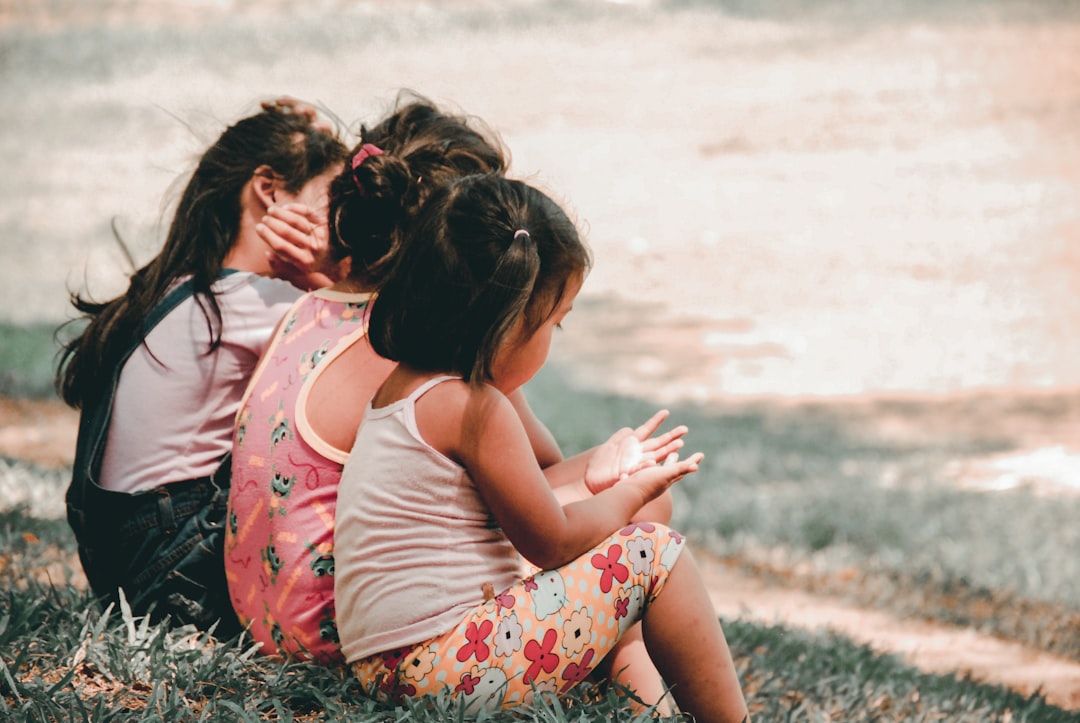Why You Shouldn't Let Your Young Kids Choose Their Own Friends
Inclusivity is a conscious decision.

If you’ve ever wished for a world where your kid wasn’t excluded, you get to be part of making that world a reality. Inclusivity is a conscious decision that we make every day.
Tomorrow we honor Dr. Martin Luther King Jr., and I’m thinking about how our kids learn bias, and why it takes a conscious effort to interrupt it. As parents of neurodivergent kids, I’m sure you think about these things too, and I can’t wait to hear what you have to say after reading this.
This reframe will help create the inclusive future that all our kids deserve.
“Let your kids choose their own friends.”
Who can argue with that? It sounds so reasonable, logical, and benign. But I actually think it is really bad advice.
It goes along with rationalizations like:
“My kindergartener just happens to like these kids, so that’s who they invited to the party.” (Shrugs and ignores the fact that those friends all look just like their kid.)
I never had a great comeback to this, becaus…
Keep reading with a 7-day free trial
Subscribe to Atypical Kids, Mindful Parents to keep reading this post and get 7 days of free access to the full post archives.


